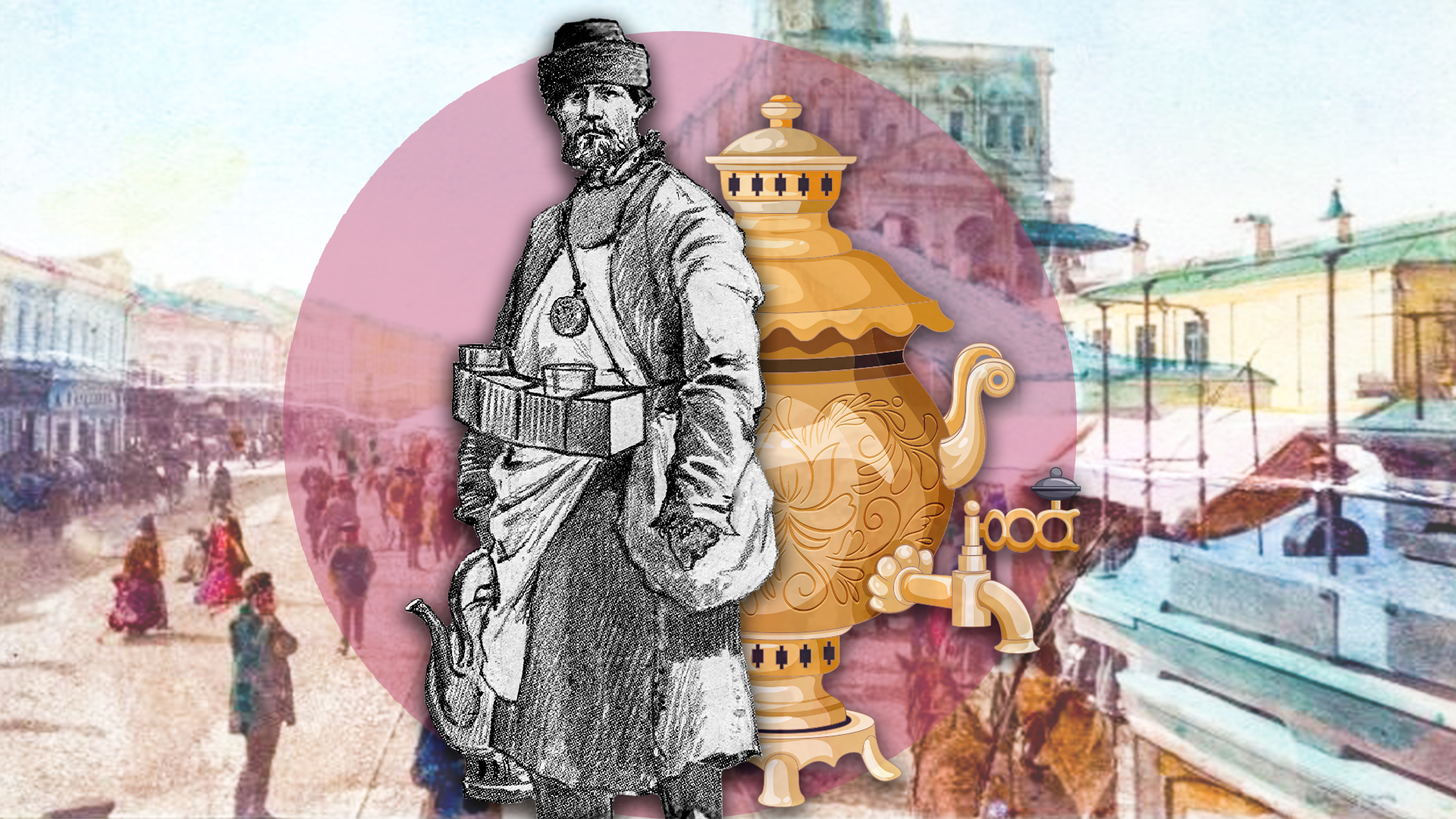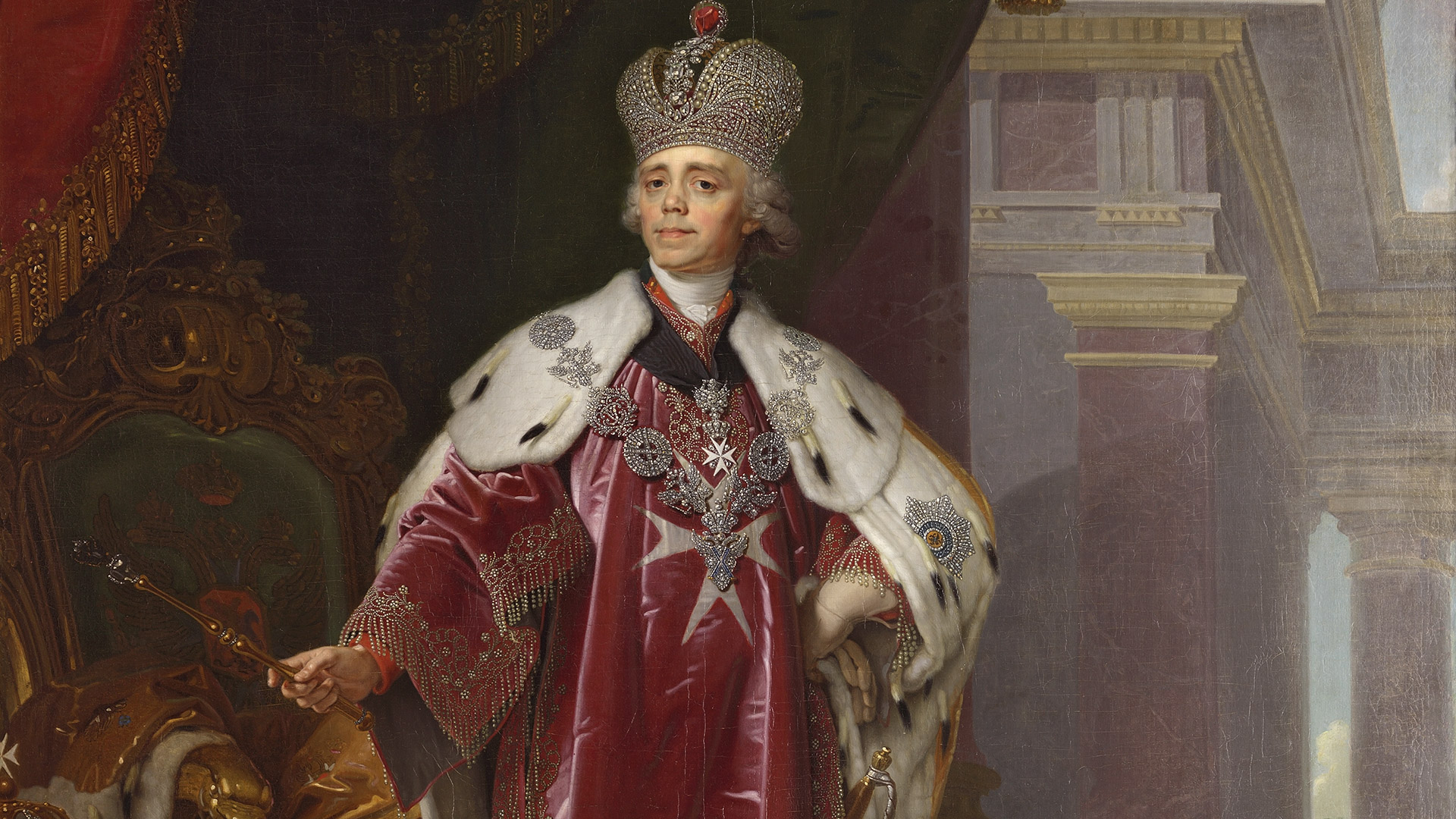
Why were there so few stone buildings in ancient Russia?

1. There were a few quarries in Russia
Mainland Russia isn’t a mountainous country. There were only a few quarries in ancient times and transporting stone slabs from them to the cities and towns was extremely difficult and expensive. This is why even Russian princes made their fortresses and palaces out of wood, which was, and still is, very abundant in Russia.
2. The supply of wood in Russia is almost endless
 The wooden palace of the Russian tsars in Kolomenskoe, Moscow. An engraving from 1780, shortly before the palace's demolition.
The wooden palace of the Russian tsars in Kolomenskoe, Moscow. An engraving from 1780, shortly before the palace's demolition.
Even after hundreds of years of building millions of izbas, fortresses and churches, wood is still abundant in Russia. Every Russian man in ancient times knew how to build an izba. What’s more – izbas could be disassembled, transported to another location and reassembled again. However, there was little need to do it, since, in every village and town, one could buy a new izba – or go to the nearby forest, chop down some trees and build one.
3. The Mongol-Tatar invasion damaged the Russian building tradition
 The Church of Peter and Paul (front), 12th century, Smolensk. An example of pre-Mongol invasion Russian architecture
The Church of Peter and Paul (front), 12th century, Smolensk. An example of pre-Mongol invasion Russian architecture
The Mongol-Tatar invasion that occurred in the 13th-14th centuries was a major blow for all Russian industries that had just started forming. Roughly, a third of the population was wiped out, with the most developed cities like Kiev, Ryazan and Vladimir suffering the most damage. The invasion literally killed off most of the professional Russian builders and architects of the era.
 The aerial view of the Simonov monastery, Moscow, 1913. The red circle marks a 5-storey utility stone structure called Sushilo, created in the 17th century.
The aerial view of the Simonov monastery, Moscow, 1913. The red circle marks a 5-storey utility stone structure called Sushilo, created in the 17th century.
After the invasion, it took about 200 years before stone construction resumed in Russia, roughly at the end of the 15th century. When the great Italian engineer Aristotle Fioravanti arrived in Moscow in the 1480s, he found out that Russians didn’t even know how to make proper bricks, so he had to teach them from scratch.
 The same Sushilo stone structure in modern times. It is known to be one of the oldest non-religious stone buildings in Moscow.
The same Sushilo stone structure in modern times. It is known to be one of the oldest non-religious stone buildings in Moscow.
When Peter the Great founded St. Petersburg in 1703, he temporarily banned all stone construction in Russia, except in the new capital. The ban wasn’t strictly observed, however, but it had an effect: most of the Russian stonemasons went to St. Petersburg, seeking employment. The problem of materials wasn’t so acute in St. Petersburg, located close to numerous stone quarries of the region. And the system of serfdom, already in full swing by the Petrine times, allowed for faster transportation of stone using the serfs’ labor.
4. Russia is cold
Russia is located in the Northern hemisphere. Statistics say average annual temperature in Russia is -5.5 Celsius (22F). This is why building a lot of stone houses and castles would have been plainly irrational. Stone houses are extremely hard to keep warm during winters, while wood preserves the heat much better.












